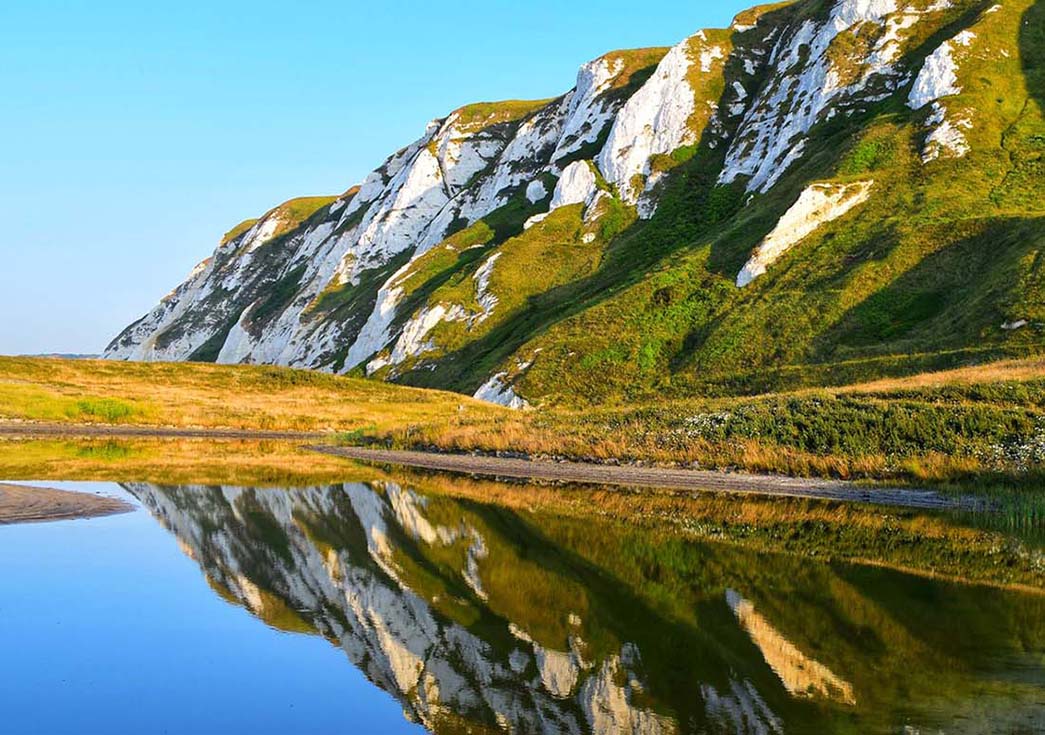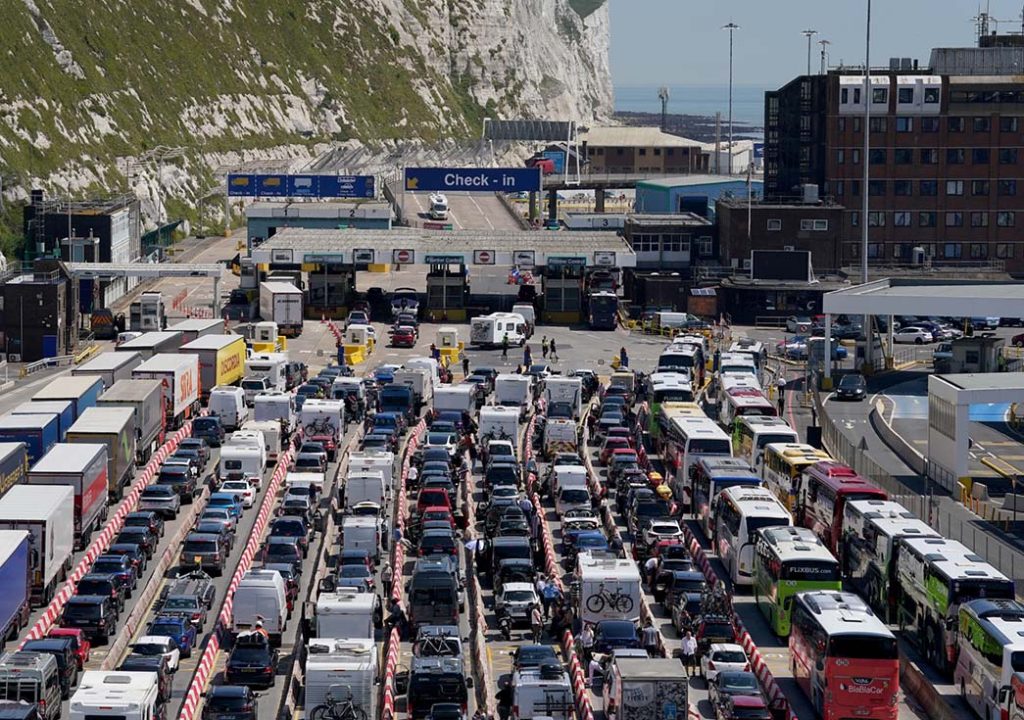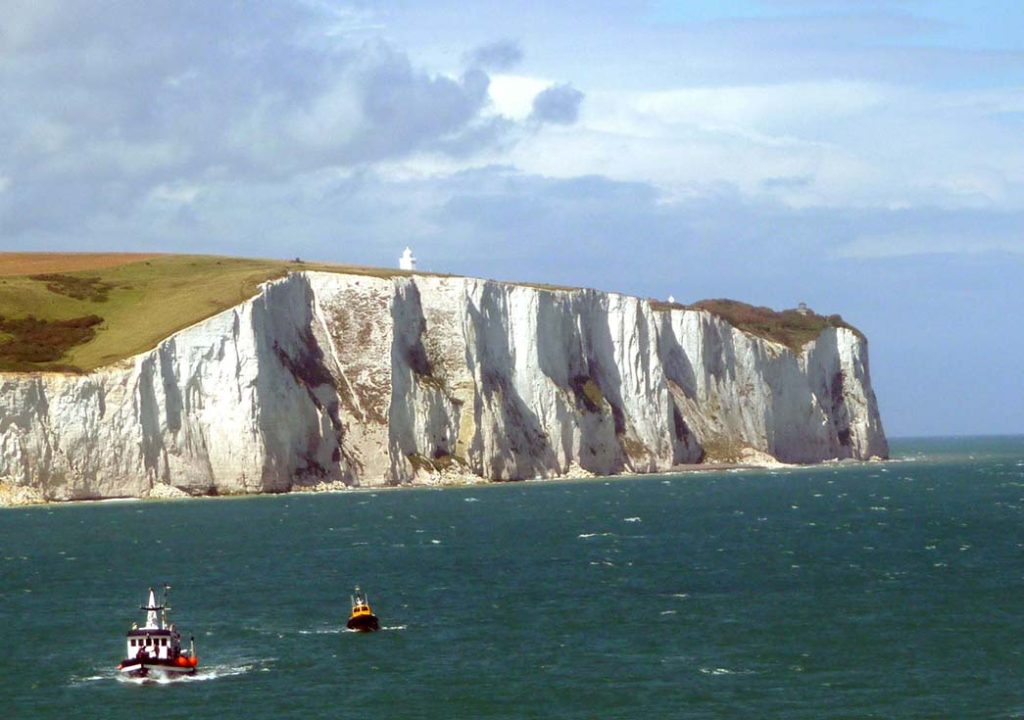Unveiling Dover’s Photogenic Charms

Among the many places I’ve visited, Dover stands out as a location that offers an abundance of photographic opportunities, blending rich history with natural beauty. I’ll share a wealth of travel photography tips, highlight the best photography spots in Dover, provide essential considerations for a successful shoot, and offer insights on navigating the town for the most convenient and picturesque photo opportunities.
Dover’s Photogenic Appeal
Before diving into the practical tips, it’s crucial to comprehend why Dover is such a photogenic destination. This historic town boasts a unique blend of history, dramatic landscapes, and iconic landmarks, making it a photographer’s paradise. To make the most of your photographic journey in Dover, it’s essential to recognize the following elements that contribute to its visual allure:
1. The Magic of the Golden Hour
One of the most coveted times for photographers is the golden hour, that exquisite period just after sunrise and before sunset when the light is soft, warm, and perfectly illuminating. Dover is no exception to the allure of the golden hour, and early mornings and late afternoons work wonders, especially when capturing the ethereal beauty of the White Cliffs.
2. Dover Castle: A Pinnacle of Photography
Dover Castle is not only a historical masterpiece but also a photographer’s dream come true. With its stunning medieval architecture, beautifully landscaped gardens, and panoramic vistas of the town, the castle presents an array of photographic opportunities. From the grandeur of the castle’s exterior to the intricate details found within its walls, there are numerous visual stories to capture. Don’t forget to explore the Secret Wartime Tunnels, where low-light photography can yield compelling shots.
3. The Iconic White Cliffs: Exploring Diverse Angles
The White Cliffs of Dover are undoubtedly the town’s most iconic feature, and any visit is incomplete without capturing their majestic beauty. To do justice to these natural wonders, consider exploring different angles. Wander along the coastal paths to encounter various perspectives, and contemplate embarking on a hike to South Foreland Lighthouse for a unique vantage point. You can also embark on a boat tour to photograph the cliffs from the sea, providing fresh and ever-changing angles that add diversity to your cliff shots.
4. The Port of Dover: Maritime Magnificence

The Port of Dover is a hidden gem awaiting photographers’ discovery. This bustling maritime hub is replete with captivating scenes: the juxtaposition of a busy port against the backdrop of the iconic cliffs and the gleaming white ferries. If you’re keen on maritime-themed photography, the Eastern Docks or Admiralty Pier offer the perfect settings. Try photographing the ferries departing or returning during the golden hours, and you might just capture enchanting moments.
5. Market Square: Immersed in Local Life
To infuse your photography with the essence of local culture and daily life, make your way to Market Square. This vibrant hub provides ample opportunities for street photography, candid shots of both locals and fellow travelers, and vibrant scenes of the bustling market. Engage with the friendly shopkeepers, listen to their stories, and capture the essence of Dover’s vibrant culture. The colorful market stalls, charming cafes, and street performances offer compelling subjects.
6. Samphire Hoe: Embracing Natural Beauty
For a tranquil retreat and the opportunity to capture the raw beauty of nature, pay a visit to Samphire Hoe. This nature reserve, crafted from the chalk marl excavated during the construction of the Channel Tunnel, offers serene landscapes, diverse flora, and excellent birdwatching prospects. The interplay of light and shadow on the cliffs during sunrise or sunset creates stunning photographic moments.
Perfecting Your Photography: Tips for Capturing the Ideal Shot
When it comes to photography in Dover, achieving the perfect shot involves a combination of artistic vision, technical skills, and patience. To help you make the most of your photographic journey, here are some essential tips to consider:
Essential Photography Gear
Dover’s diverse photographic opportunities call for versatile equipment. A wide-angle lens is a valuable addition to your kit, allowing you to capture the expansive landscapes and dramatic seascapes that define the area. Meanwhile, a zoom lens will enable you to get up close and personal with distant subjects, such as the details of Dover Castle. Don’t forget to bring a tripod, which is indispensable for maintaining stability during long exposures, especially in low-light conditions. A sturdy tripod ensures sharp, clear images, whether you’re shooting the White Cliffs at sunrise or exploring the intricate architecture of Dover Castle.
The Rule of Thirds
One of the fundamental principles of composition in photography is the rule of thirds. To apply this technique effectively, visualize your frame as divided into a tic-tac-toe grid consisting of nine equal parts. Rather than placing your subject dead center, consider positioning it along the lines or at the intersections of this grid. This approach results in well-balanced, visually appealing photos that draw the viewer’s eye to the main subject while also showcasing the surrounding environment. For instance, when photographing the White Cliffs of Dover against the backdrop of the English Channel, you can position the horizon along one of the horizontal grid lines, creating a captivating composition.
Experiment with Exposure
Dover’s ever-changing light conditions offer a perfect playground for experimenting with exposure settings. To achieve unique effects in your photography, consider adjusting your camera’s shutter speed. Slow shutter speeds, such as those used in long exposures, can produce dreamy, blurred water movements, creating a sense of serenity in shots of Samphire Hoe’s tranquil landscapes. On the other hand, fast shutter speeds are ideal for freezing action, such as capturing the bustling activity at the Port of Dover. When working with varying light conditions, don’t forget to adjust your camera’s ISO settings. A lower ISO is suitable for bright, well-lit scenes, while a higher ISO is necessary for low-light situations. Be prepared to adapt your exposure settings as you move between Dover’s diverse photography locations, ensuring that each shot is perfectly exposed.
Exercise Patience
Patience is an essential virtue in photography. Great shots often require waiting for the perfect moment. Whether it’s the ideal lighting for capturing the White Cliffs bathed in the warm glow of the golden hour or the precise positioning of a subject during a street photography session in Market Square, allowing time for the right moment to materialize can make a significant difference in your final photographs. Keep in mind that nature and life in Dover follow their own pace, and patience can lead to truly stunning images. This could mean waiting for the right bird to take flight over Samphire Hoe’s serene landscapes or capturing that fleeting, authentic expression of a local resident in Market Square.
Post-Processing Magic
Once you’ve captured a wealth of raw images in Dover, the journey doesn’t end with the click of the camera shutter. Post-processing is an essential step in the photographic process, allowing you to fine-tune and enhance your photos. Editing software, such as Adobe Lightroom or Photoshop, can be your best friend in this stage. These tools enable you to adjust exposure, color balance, sharpness, and various other aspects of your images. Post-processing allows you to bring your creative vision to life and make your photographs truly shine. For instance, you can enhance the vibrant colors of the bustling Market Square, bringing out the essence of the local culture and atmosphere in your shots. Or, you can refine the details in your images of Dover Castle, emphasizing the historical architecture and intricate features that make this site so photogenic.
Responsible and Ethical Photography: Considerations for Photographers
Photography is not just about capturing beautiful moments; it also entails a responsibility to the environment, subjects, and fellow travelers. In Dover, where natural beauty and historical landmarks coexist, understanding and adhering to ethical photography practices is paramount. Let’s delve into some important considerations for photographers to ensure responsible and respectful photography in Dover:
Environmental Conservation

- White Cliffs and Samphire Hoe: When exploring Dover’s natural wonders, such as the White Cliffs and Samphire Hoe, it’s crucial to be environmentally conscious. Stick to designated paths and trails to avoid trampling on fragile ecosystems. These areas are home to unique flora and fauna, and disturbing them can have lasting consequences. Avoid picking plants or flowers, as this can disrupt the local ecosystem.
- Litter-Free Photography: Be a responsible photographer by not leaving any litter behind. Always carry out what you bring in, including trash and empty packaging. Dispose of waste in designated bins to help maintain the pristine condition of Dover’s landscapes.
Respect for Privacy and Consent
- Candid Photography: In crowded areas or when photographing people, it’s essential to respect their privacy. When capturing candid shots of individuals, be discreet and considerate. Remember that not everyone may be comfortable with their photograph being taken without their knowledge or consent.
- Ask for Consent: If you plan to photograph specific individuals or groups, it’s best to approach them and ask for their consent. Explain your purpose and how the photos will be used. Respecting people’s wishes is fundamental to ethical photography.
- Cultural Sensitivity: When photographing local residents or engaging with cultural events, be sensitive to cultural norms and customs. Some communities may have specific guidelines regarding photography. Always adhere to these guidelines to avoid causing offense or discomfort.
Challenges of Weather
- Unpredictable Weather: Dover’s weather can be unpredictable, with sudden changes in conditions. When photographing outdoors, be prepared for varying weather. It’s advisable to check the weather forecast before heading out and equip yourself with appropriate clothing and gear, including rain covers for your camera equipment.
- Adapt to Lighting: Dover’s ever-changing light can present challenges. To capture the perfect shot, be ready to adapt your shooting style according to the available light. For instance, during overcast days, consider using a lower ISO to maintain image quality and avoid overexposure.
Travel Light
- Essential Gear: Carrying heavy equipment may hinder your mobility and creativity. Travel light by bringing only the essential photography gear you’ll need for the day. For instance, if you’re planning to explore the White Cliffs, consider taking a wide-angle lens and a tripod for those sweeping landscape shots. A heavy backpack can detract from your experience and may limit your ability to capture spontaneous moments.
- Versatility: Versatile gear is valuable. A single zoom lens can often serve multiple purposes, allowing you to adapt to various photography situations without the burden of carrying multiple lenses. Being nimble and unencumbered enables you to respond quickly to photographic opportunities that present themselves.
Maximizing Your Photography Experience in Dover
To make the most of your photography adventure in Dover, consider these valuable tips for efficient exploration and capturing memorable shots:
Utilize Local Transportation
Exploring Beyond the Town: While Dover itself is easily navigable on foot, reaching more remote locations, such as the captivating Samphire Hoe, may require alternative modes of transportation. Consider renting a car if you plan to explore the outskirts. Additionally, the Dover Priory railway station provides convenient rail connections to major cities, including the bustling metropolis of London. This allows you to enjoy day trips from Dover and return to the comfort of your accommodation in the evening.
Strategic Accommodation
Proximity Matters: When selecting your accommodation in Dover, consider its proximity to your intended photography spots. Opting for a lodging option close to your preferred locations ensures that you can capture early morning and late evening shots without the hassle of lengthy commutes. Dover offers a range of accommodation choices, from charming bed and breakfasts that immerse you in the local culture to modern hotels that provide comfort and convenience.
Thoughtful Planning
Golden Hours: Organize your photography schedule to take advantage of the golden hours—shortly after sunrise and just before sunset. During these periods, the soft, warm light can enhance the beauty of Dover’s landscapes and landmarks, casting a captivating glow on the White Cliffs or Dover Castle. Additionally, plan your visits to attractions according to their opening hours. Some sites, such as Dover Castle, may have specific regulations regarding photography and the use of tripods. Checking the rules in advance ensures that you’re well-prepared and in compliance.
Tap into Local Insights
Community Wisdom: Engaging with Dover’s welcoming residents can provide you with valuable photography insights. Local residents often have an in-depth understanding of their town, including hidden gems and lesser-known spots that may not be featured in guidebooks. They can also offer advice on the best times to capture the perfect shot, taking into account lighting conditions and the unique character of each location. Don’t hesitate to strike up conversations with locals, as their knowledge can significantly enhance your photography experience.
Dover, with its blend of history and nature, is a dream destination for photographers. By following these tips and demonstrating respect for the environment and local culture, you can build an impressive collection of photographs that authentically capture Dover’s beauty.
Tags: Dover, Samphire Hoe, The Port of Dover